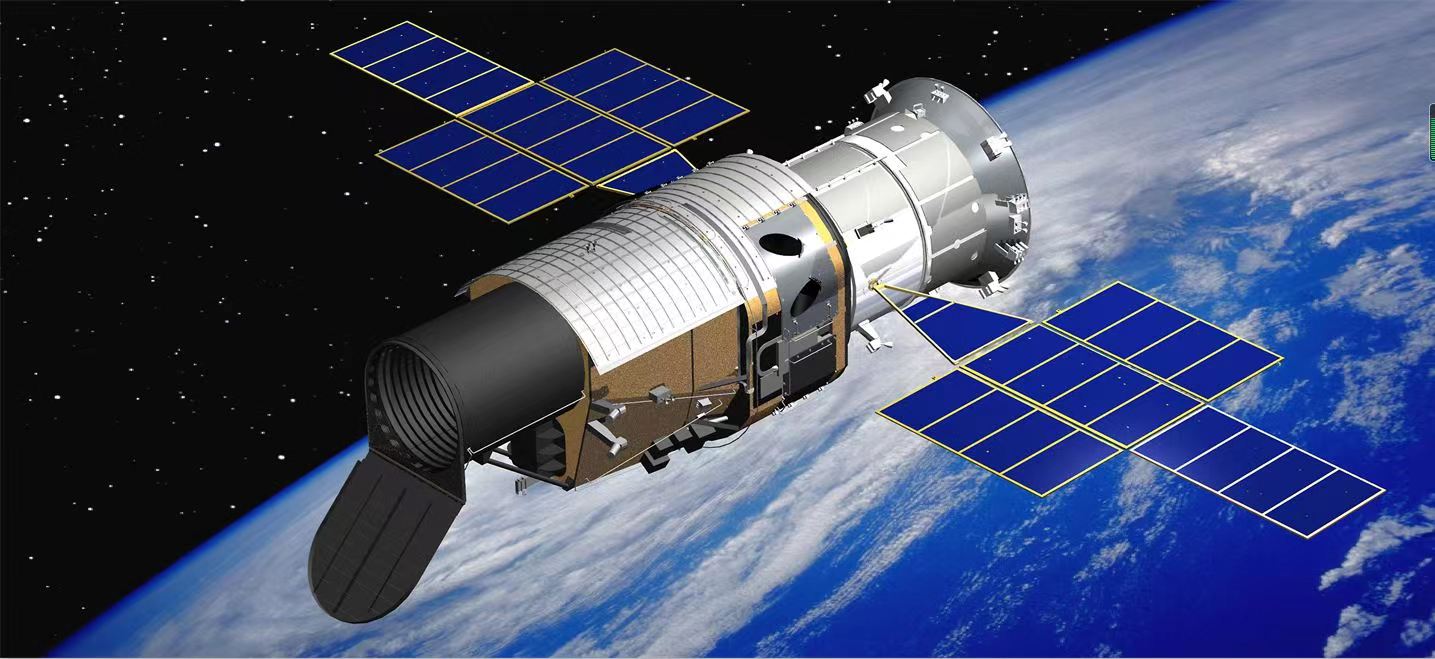
China's first large space telescope Xuntian is almost complete, according to scientists working on the project. The telescope is scheduled for launch at the end of 2023, and is expected to start operation in 2024.
Xuntian, which means "surveying the sky" in Chinese, is the name given to the Chinese Space Station Telescope (CSST).
Prof. XU Shuyan, chief designer of the Xuntian optical facility and researcher with the Changchun Institute of Optics, Fine Mechanics and Physics (CIOMP) of the Chinese Academy of Sciences, said his team had already completed the development of all of Xuntian's components. The telescope is expected to be ready for testing at the end of 2022.
Xuntian has a field of view 300 times greater than the Hubble Space Telescope, said Prof. XU. "This means in the same condition, Xuntian will obtain the image of 300 times more targets than Hubble."
Unlike Hubble's successor the James Webb Space Telescope, which covers visible, near infrared and mid infrared bands, Xuntian will carry out synoptic surveys of the universe in near ultraviolet, visible and near infrared bands.
Once in operation, it will be the largest space telescope for astronomy in the near-ultraviolet and visible scope, sending back images containing valuable information for astronomers eager to learn about the universe.
With a huge 2.5-billion-pixel camera, Xuntian will be able to survey up to 40 percent of the sky over its designed 10-year work life.
As the optical cabin of the China Space Station, Xuntian will stay in the same orbit but away from the station, only periodically docking with it so astronauts can carry out maintenance and repairs.

China's first large space telescope Xuntian (Image by CIOMP)

86-10-68597521 (day)
86-10-68597289 (night)

52 Sanlihe Rd., Xicheng District,
Beijing, China (100864)

